
Mangrove Jacks Fishing in New South Wales: The Ultimate Challenge
Mangrove Jack fishing in New South Wales is an angler's test of patience, skill, and resilience. These elusive fish are far from a guaranteed catch, demanding dedication and countless casts. But for those willing to put in the effort, the reward of landing one of these powerful predators is unmatched.
The Fish
The Mangrove Jack (Lutjanus argentimaculatus) is known for its fierce temperament and is one of the most formidable estuary predators in Northern New South Wales. While Queensland may boast larger populations, the jacks found in NSW are notable for their size and aggression.
These fish are active hunters often seen patrolling shallow waters and oyster racks, ready to ambush unsuspecting prey. Observing a jack over 60cm cruising along a rocky edge is an experience that no angler forgets.
The Gear
Targeting Mangrove Jacks requires a balanced approach to your gear. You don't need the most expensive setup, but you do need something that can withstand the fish's power. A 6-8kg baitcasting or spinning rod matched with 20-30lb braided line is ideal.
A 30-40lb fluorocarbon leader adds the necessary abrasion resistance when these fish make a dash for cover. Baitcasters are favored for their accuracy and control, which are crucial when targeting specific structures where jacks lurk.
Lures
Choosing the right lure is about getting it in front of the fish rather than presenting something elaborate. Shad or minnow-style hardbodies like the Vibe Lures in the 65-75mm range are reliable choices.
Soft plastics like the ReproBaits Tackle LongTails rigged weedless also prove effective especially in snaggy areas. It's important to upgrade the hooks on your lures as jacks are notorious for straightening out weaker trebles. We recommend the Triangle Hooks from ReproBaits Tackle.
Where to Cast
Success in jack fishing often comes down to casting in the right areas. The upper reaches of saltwater rivers, where steep drop-offs meet submerged timber or rocky outcrops, are prime locations. These spots offer the cover and depth that jacks prefer. Rock walls, both natural and man-made, can also hold fish.
When working along these structures position your boat or stand at one end and cast parallel to the edge aiming to place your lure as close to the structure as possible.
A slow, steady retrieve mimicking a mullet fleeing to deeper water often triggers a strike. It’s essential to cover as much water as possible, moving steadily until you cross paths with an active fish.
The Fight
A Mangrove Jack's strike is unmistakable—explosive and immediate. Once hooked, the fish will make a powerful run towards the nearest cover, and it's up to the angler to stop it before it gets there. The key to winning the fight is to apply maximum pressure from the start; a tight drag is essential.
Once you turn the fish away from its escape route the fight becomes more manageable, though jacks will continue to make strong lunges until they are safely in the net.
The By-Catch
One of the often-overlooked aspects of jack fishing is the variety of by-catch you might encounter. Cod, in particular, are a common companion in the same habitats that jacks favor. These fish are less selective and easier to catch, often indicating that jacks are nearby. The by-catch, which can include black-spot cod, giant trevally, flathead, and others, adds an element of surprise and helps break up the sometimes long periods between jack strikes. Each of these species presents its own challenge, offering a diverse and engaging fishing experience.
Not Always a Productive Sport
Mangrove Jack fishing in New South Wales isn't for everyone. It requires persistence, precision, and a willingness to accept the possibility of going home empty-handed. But for those who embrace the challenge, the reward is a thrilling encounter with one of the most powerful fish in the estuary. The journey might be tough, but when you finally land that fiery red jack, there’s no better feeling.

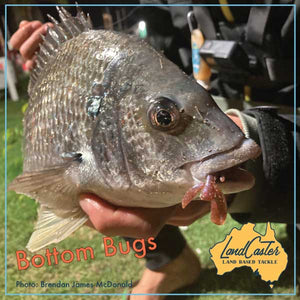
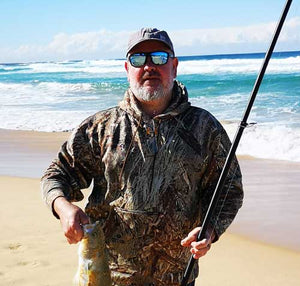
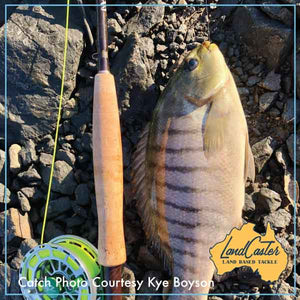
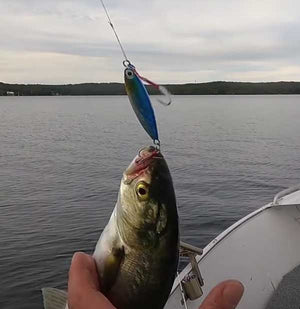
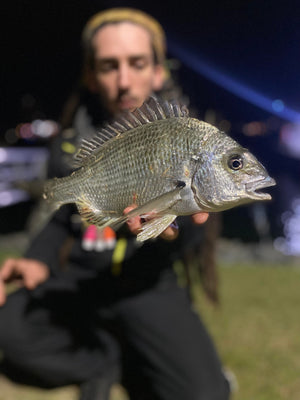
Leave a comment